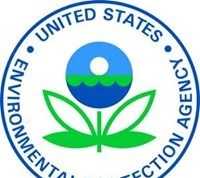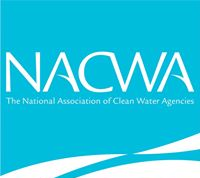Celebrating Clean Water for National Parks and Park Visitors with Obama Administration’s Final Clean Water Protection Rule
WASHINGTON, D.C. – May 27, 2015 – (RealEstateRama) — BACKGROUND: Since 1972, the Clean Water Act has protected our nation’s streams, wetlands, lakes and rivers. However, Supreme Court decisions have caused confusion over which streams and wetlands are included under those protections. The final Clean Water Rule, proposed by the Environmental Protection Agency (EPA) and the Army Corps of Engineers, will better protect our waters by stating more clearly which waters are protected under the Clean Water Act. The new rule will continue to honor the law’s exemptions for farming, ranching, and forestry practices. The EPA and Army Corps have spent years engaging the public, community leaders, farmers, ranchers, hunters, anglers, and state and local governments about providing clarity to which water bodies will be covered by the Clean Water Act.
Below is a statement by Chad Lord, Senior Director of Water Policy for the National Parks Conservation Association:
“Today we celebrate the Obama Administration’s commitment to clean water that will leave a lasting legacy for America’s national parks, especially leading up to their centennial celebration in 2016. The final Clean Water Rule clarifies which streams, wetlands and other water bodies are protected by the Clean Water Act.
“Unfortunately, more than half of our 407 national parks have waterways that are considered “impaired” under the Clean Water Act, meaning they do not meet healthy water quality standards for activities like drinking, fishing and swimming. Park waterways are threatened by encroaching development, pollution, demands for water use and climate change. And while not all of these threats occur inside parks, they all impact park waters.
“With more than 117 million Americans — one third of the total U.S. population – getting their drinking water from small headwater streams and tributaries, as well as enjoying recreational activities and park wildlife that depend on clean water, today’s final rule provides a clear science-based and legal framework for determining all waterways that are protected by the Clean Water Act.
Contact:
Alison Zemanski Heis, National Parks Conservation Association, 202.454.3332 or














